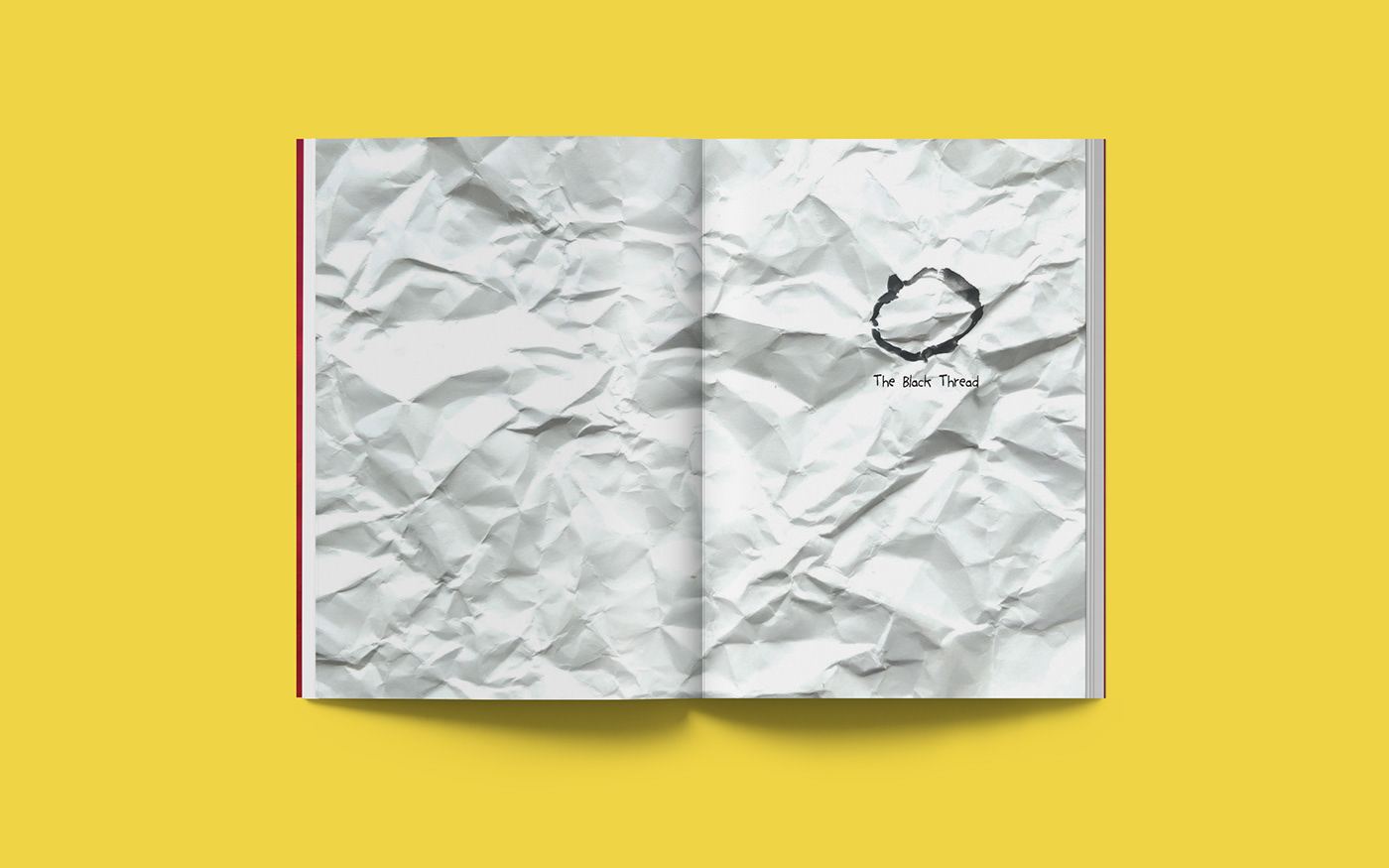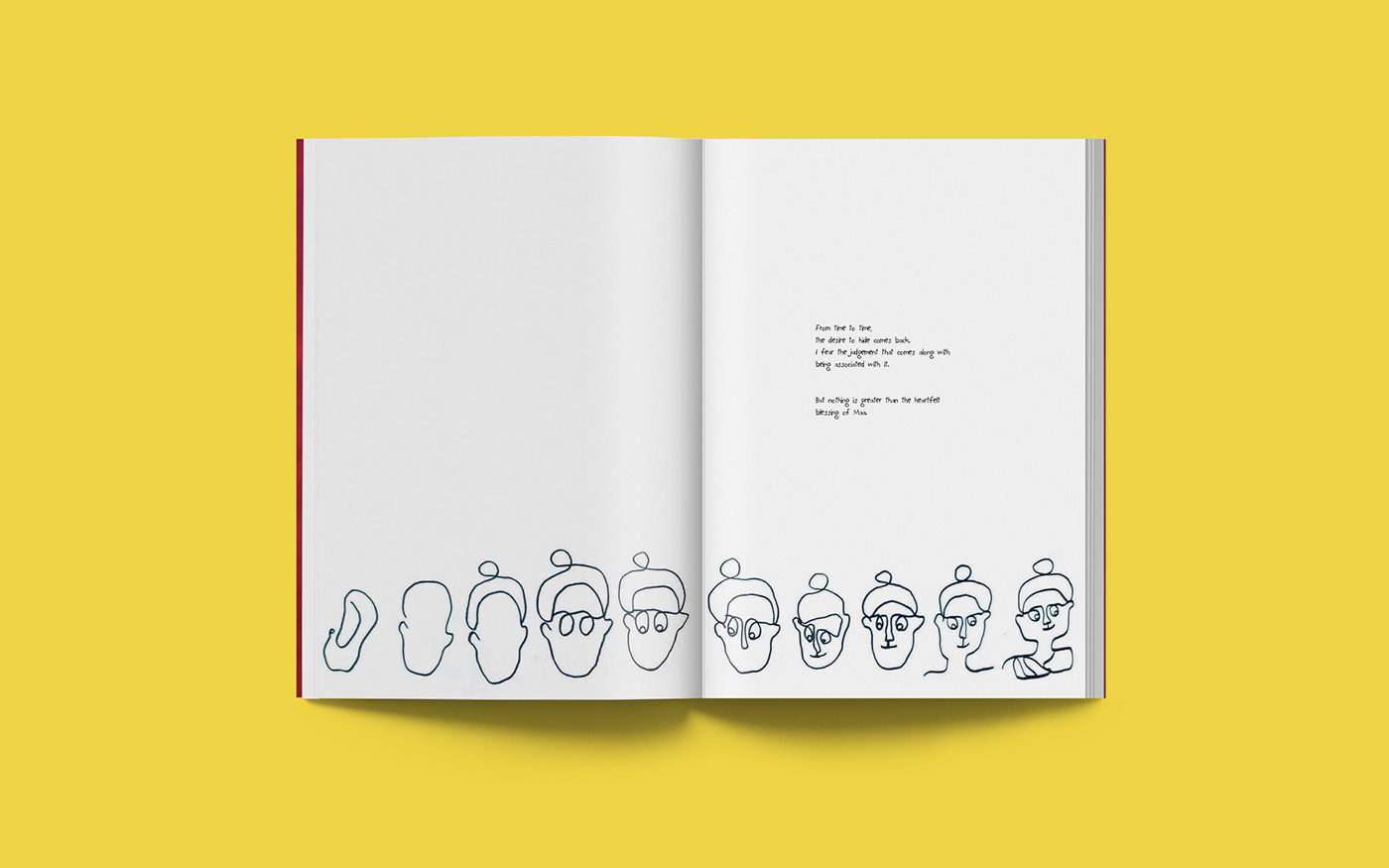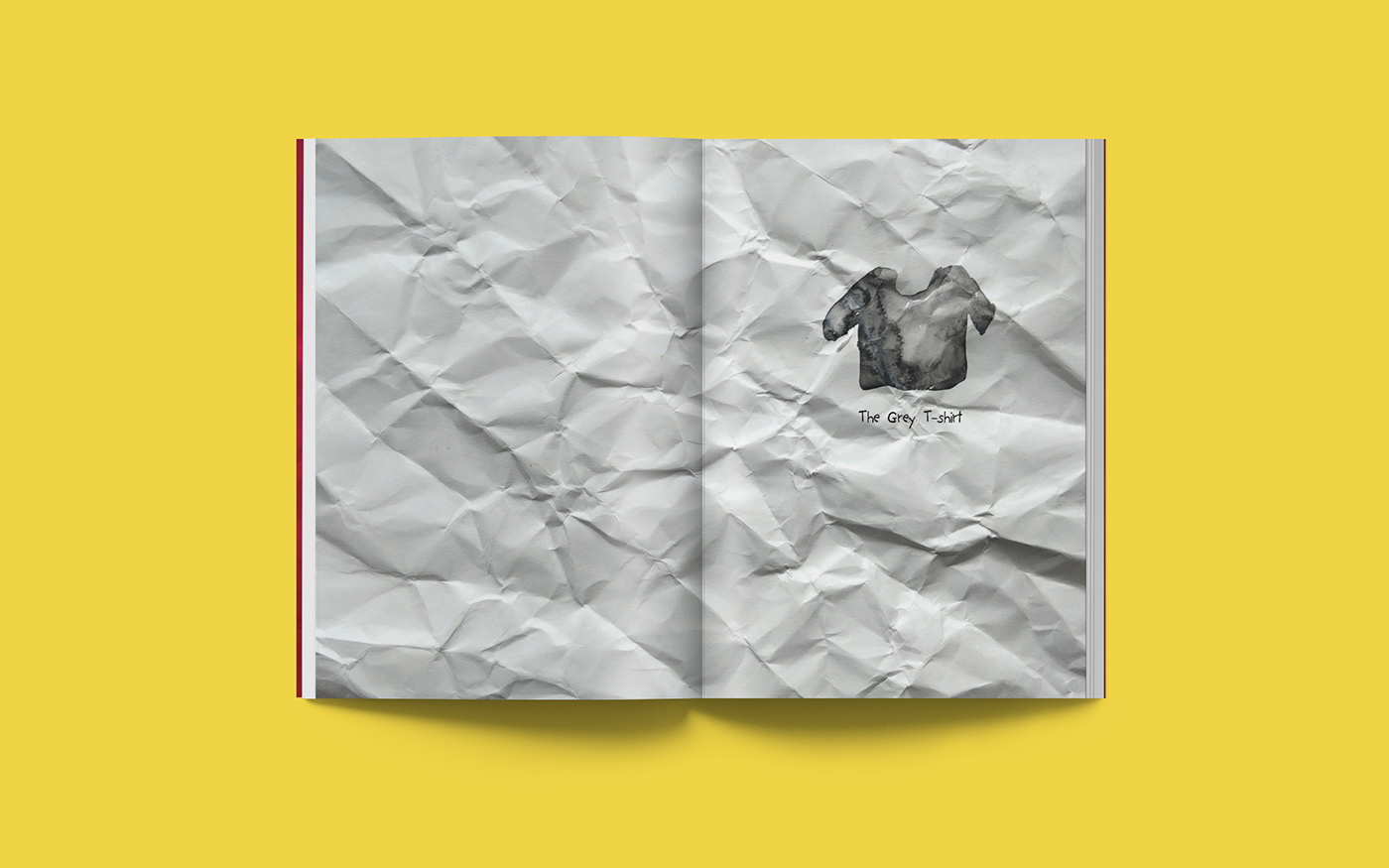
A book that explores my relationship with imperfect objects, understand why I ignore their flaws and represent their story both, textually and visually.

what is vernacular?
For my pre-thesis project, we explored the term vernacular beyond spoken language and how it plays into our everyday identity.



I looked into the idea of imperfections in our daily lives.
From intentionally creating a "nazar ka tikaa" (beauty spot) under the earlobe and placing a "nazar battu" in front of the house to ward off the evil eye, to clipping the bill at the grocery store at the exit to signify that items have been tallied, we encounter and embrace imperfections on an everyday basis.

To better grasp the concept, I researched practices and objects associated with imperfections from different cultures around the world. Imperfection is the state of being flawed. In certain cultures, imperfections are used to elevate the value of an object while others accept them in order to extend the object’s lifespan. Some intentionally introduce imperfections to their work to signify something specific.

categorising imperfections based on their method of incorporation
Alongside, I also looked at the idea of material memory and emotional attachment with personal objects. We tend to assign values to an object based on its functionality, aesthetic, cost and sentimentality. This evaluation is personal and defines our relationship with the object. In certain situations, one value overpowers the others, preventing us from being critical about the object and oblivious to its shortcomings. We often choose to ignore the imperfections of such objects.




I identified 4 personal objects whose imperfections I ignore due to emotional attachment and stories behind this attachment.
• Dolphy, a deflated soft toy
• Kala Dhaga (Black thread) given by Grandmother
• Jaipuri Rajai (Blanket) with stuffing falling out
• Grey t-‐shirt of my brother’s with inkblots
I turned these stories into a illustrated book.



Illustrations I grew up with
L-R Amar Chitra Katha, Panchatantra, Shikhari Shambhu
Style of Illustration
While growing up, popular children's comics and books had an illustration style that used strong lines and seemingly realistic proportions figures for animals and human figures.
I enjoyed recreating these illustrations but struggled with the figures, hence started to avoid making them.
For my book, I chose a style which was not intimidating for children. The multi-media style incorporated irregular shapes, simpler figures, paint spillage and inkblot.
Traditionally, book designing requires precision and has a set of principles to make the process efficient and flawless. Since I am using an illustration style which makes space for flaws, book would be an interesting way to bring out the contrast.
Primary Target Audience
- Parents who understand the pressure of being perfect and want their children to accepting and appreciative of their own imperfections from a younger age.
- Children between the ages of 5 to 9, who would enjoy for it’s unconventional style and element of play.
Secondary
- Urban Youth between the ages of 18 to 24, who are living away from home.
The book would remind them of their own beloved personal objects with flaws and through that, urge them to pause, acknowledge, accept and appreciate their own imperfections.
Hope this book reminds you of something or someone,
and brings a smile to your face.

Dolphy the Dolphin

"It’s funny how we name our little friends.
They often cross the line between endearment
and embarrassment.
Some are highly creative others are downright stupid.
I would often forget their names and took the
liberty to form new ones
every time we would play together.
But not hers."

"She had two names.
One creative, one stupid.
Both I could never forget
just like the day she swam into my life.
She joined me when a little later
than my other soft buddies.
It wasn’t a very special day,
she wasn’t a special gift
for a special ocassion.
But as soon as she came,
I knew she was someone special."

"Every night, Papa called her Nefertiti.
Every night, I defended my poor choice of name, Dolphy.
We would settle it with goodnight kisses.
"I would never admit,
but I liked the other name more."

"She’s not all fluffy, puffy anymore.
You can’t make out her face,
but she’s still there on the bed,
and doesn’t sleep without
those goodnight kisses."

The Black Thread

"I don’t know why she gave it to me.
Probably because I was going away.
My grandmother has always been religious,
but didn’t force it upon us.
But somehow, I couldn’t say no to this."

"I tired to hide it.
Bracelets I don’t wear, look weird on my wrist.
So maybe a watch.
But that was another tedious task.
So I gave up.
Couldn’t hide it anymore.
Stopped caring and started accepting."

"From time to time,
the desire to hide comes back.
I fear the judgement that comes along with
being associated with it.
But nothing is greater than the heartfelt
blessing of Maa."

"Between you and me,
I like it the way it is."

The Block-printed Blanket

"I come from a land of prints and patterns.
Everything is covered in
beautiful colours,
intricate details,
both inside and out."

"But when I moved to another land,
I was surprised to see the contrast.
The only print in my new room was
my warm blanket from back home."

"Over time,
it formed a big tear.
The cotton that gives it
the power to warm up,
started to fall out.
It wasn’t thick and heavy,
like how it used to be."

"But I know,
that no other blanket would fill me up
with warmth like this one.
Every night,
I sleep wrapped in my home."

The Grey T-shirt

"Being a little sister has a lot of perks.
You always know cooler things before your friends,
you always have someone to drive you around,
and if you know how to use the “puppy dog face”,
you can have ice-cream whenever you want.
It’s like having a third parent and best friend,
combined into one."

"Another perk is that
you can always extend your wardrobe
without stepping out of the home.
So out of the sea of blues
and more blues,
I found a grey gem
in my brother’s cupboard."

"It was old and oversized,
and over time it
faded,
stained,
developed holes,
and stitches came off.
It doesn’t look like how it
originally did anymore."

"But every time I wear it,
I feel like the little sister,
being hugged by her
elder brother."
_______________________________________________________________________________________________
click below for a reader view
click below for complete process documentation.





